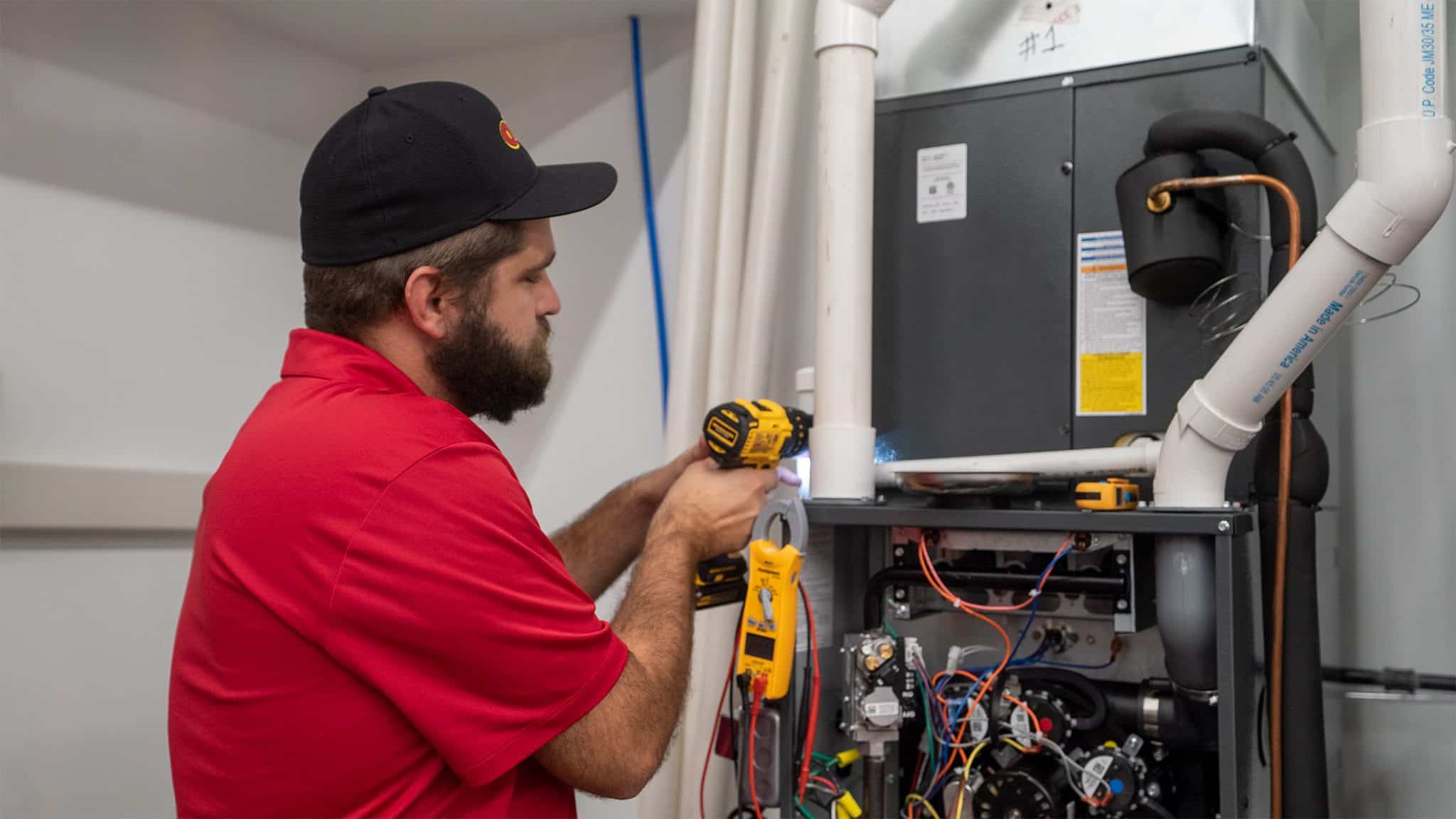A furnace is an essential appliance in many homes, especially during the colder months of the year. However, like any other mechanical device, furnaces can develop problems, leaving you in the cold. Common furnace problems can range from simple issues like a dirty filter to more complicated issues such as a malfunctioning thermostat or a faulty ignition system. In this blog post, we will look at how to troubleshoot some of the most common furnace problems.
Dirty Filters
One of the most common problems that homeowners face with their furnace is a dirty filter. A dirty filter can cause a decrease in airflow, which can lead to several problems, including reduced efficiency and poor heating performance. In severe cases, a dirty filter can cause the furnace to overheat and shut down.
To troubleshoot this problem, start by turning off the furnace and removing the filter. If the filter looks dirty or clogged, replace it with a new one. It is recommended to change your furnace filter every three months to maintain optimal performance.
Flame Sensor Issues
The flame sensor is an essential component of your furnace’s ignition system. Its job is to detect the presence of a flame and signal the furnace to keep the gas valve open. If the flame sensor is dirty or malfunctioning, it can cause the furnace to shut down or prevent it from starting altogether.
To troubleshoot flame sensor issues, start by turning off the furnace and locating the flame sensor. Remove the flame sensor and clean it using a soft-bristled brush or a piece of fine-grit sandpaper. Things you can clean a flame sensor with are limited to materials that won’t damage or scratch the sensor, such as the ones mentioned above.
If the problem persists, the flame sensor may need to be replaced. It is recommended to call a professional HVAC technician to handle this task.
Malfunctioning Thermostat
A malfunctioning thermostat is another common problem that can cause issues with your furnace. If the thermostat is not working correctly, it can prevent the furnace from turning on or off when it should, leading to a lack of heat in your home.
To troubleshoot this problem, start by checking the thermostat settings. Make sure the thermostat is set to heat, and the temperature is set high enough to trigger the furnace to turn on. If the thermostat is battery-powered, check to see if the batteries need to be replaced.
If the problem persists, the thermostat may need to be replaced. It is recommended to call a professional HVAC technician to handle this task.
Ignition System Issues
If your furnace is not starting, the ignition system may be malfunctioning. There are two types of ignition systems in furnaces: hot surface ignition and intermittent pilot ignition.
To troubleshoot ignition system issues, start by checking the pilot light. If you have an intermittent pilot ignition system, ensure that the pilot light is lit. If you have a hot surface ignition system, check to see if the igniter is glowing. If the pilot light or igniter is not working, the ignition system may need to be replaced. Again, it is recommended to call a professional HVAC technician to handle this task.
Conclusion
In conclusion, troubleshooting common furnace problems is essential to keep your home warm and comfortable during the colder months. Regular maintenance and cleaning can help prevent many furnace problems, but if issues arise, it is essential to address them promptly to prevent further damage. If you are unsure about how to troubleshoot furnace problems or do not feel comfortable performing the necessary repairs, it is always best to call a professional HVAC technician. They have the knowledge, experience, and equipment necessary to handle furnace repairs safely and efficiently.








